15 Benefits of Wooden Educational Toys for Home Education
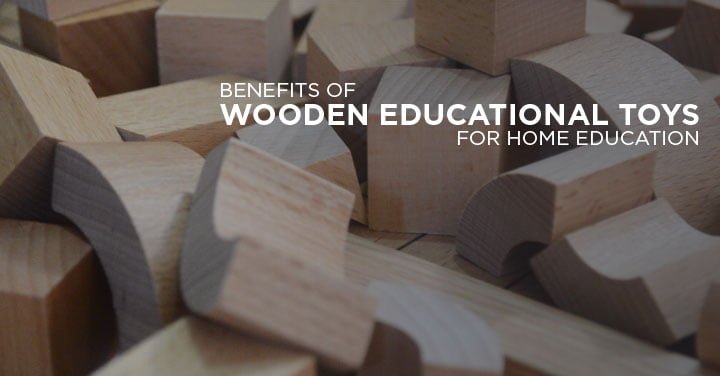
Every year, companies develop new toys and games for education. Most of them feature intricately-designed plastic pieces. Some come with all the bells and whistles. Many have been designed for a few specific purposes.
While these toys may play a role in your child’s education, you can end up spending a lot of money, but not receiving a lot of educational value. Wooden toys, however, often have a lot more to offer children than the latest trendy educational toys. Here are 15 Benefits of Wooden Educational Toys for Home Education.
1. Wooden Toys are Timeless
Of course, wooden toys are trendy in their own right. In fact, they have been trendy for decades, if not centuries. Your grandparents and great-grandparents were learning with wooden toys when they were young and your grandchildren and great-grandchildren can also learn with wooden toys. While there are a lot of cool, new educational products out there, sometimes there’s value in sticking with the tried and true. Even if companies reimagine the organization, color, or design of their wooden toys, they still have the same classic feel and offer the same educational benefits that children have been reaping for generations.
2. Wooden Toys are Durable
Let’s face it – children are rough on their toys and other educational materials. You likely have missing game pieces and at least one broken toy laying around your home. Not only can wooden toys be enjoyed by generations, but the same wooden toys often last throughout generations. Since they’re made of quality wood and are solid, it’s hard for them to be damaged beyond the basic scratch or dent. If your child gets them dirty, you can easily clean them so they’re ready for the next learning activity. If you’re going to invest in learning products for your home, you want to be sure they will last a long time and that they can be used with multiple children.
3. Wooden Toys Grow with Your Child
When you invest in wooden toys for home education, you invest in something that is durable and versatile enough to grow with your child. Toddlers and preschoolers may engage in simple imaginative play and basic manipulation with wooden toys, but older children can begin to incorporate wooden toys in more complex imaginative scenarios, work them into discussions of geometry and physics, and use them to solve problems. As your child’s skills and mental abilities grow, the uses for wooden toys also grow. While many products for home education come with suggested age ranges on the front, the ways wooden toys can be used are so versatile that they can connect with a broad range of ages and ability levels.
4. Wooden Toys Encourage Imagination
Wooden toys give children the ability to take control. While some wooden toys come in the shape of vehicles, food, or common household items, they still encourage children to use their imaginations to incorporate them into learning and play. Other wooden educational toys come in basic shapes, such as sticks, blocks, arcs, triangles, and circles. These basic shapes allow children to really explore their uses and come up with creative ways to use them in different subject areas. For example, children can experiment with physics by building different structures with the wooden toys or learn about geometry by manipulating the toys to create their own geometric patterns.
While learning resources can provide you with ideas for using wooden toys to educate your child at home, they’re just a starting point, a way to pique your child’s interest before letting them come up with even more creative uses. Younger children in particular can fit virtually any object into any scenario. Since most wooden toys don’t come with a pre-conceived purpose, they encourage children to stretch their imaginations even further.
5. Wooden Toys Incorporate Real-Life Skills
As children engage in imaginative play, much of it will trend toward real-life scenarios. For example, children may have wooden toys in the shape of food and common household items to use as they play a game of house or grocery store. Even if children just have basic shapes, they may begin to use wooden toys and their imaginations to build real-life skills. For example, wooden sticks may come to represent currency as they buy and sell other wooden objects. Red circles may become strawberries and blue circles may become blueberries as they make a wooden fruit salad.
6. Wooden Toys are Less Distracting
When children play with wooden toys, they supply all the voices, alarms, and other sound effects, rather than listening to the toy. This allows children to be in control of what they do with the toys and to keep their minds clear as they think through different scenarios or solve problems. While some children really enjoy toys with all the bells and whistles, the noises and electronic features can interrupt a child’s thinking process or limit how far a child’s imagination can go by boxing them into specific ways to play with the toy.
7. Wooden Toys Encourage Interaction
When children use their imaginations and practice real-life scenarios, they often like to bring others in on their play. Toys that have voices or other sound effects often encourage solo play since children get the interaction and responses they crave from the toy itself.
Since wooden toys don’t come with sounds, lights, or other interactive features, children must find others to interact with them. If you have multiple children at home, wooden toys become something more than one child can play with at once. If you only have one child or prefer to focus on education in a one-on-one setting, your can provide that interaction with your child. By interacting with your child as they play with wooden toys you can help build their understanding and provide positive reinforcement as they make decisions.
8. Wooden Toys Develop Reasoning Skills
Since wooden toys don’t have voices or electronic parts to tell them what piece to pick up or what step to take next and they aren’t designed to fit a specific activity, children develop their reasoning skills as they learn with wooden toys. For example, children may want to make a model to help answer a science question or figure out how to make a shape using tangram-style wooden shapes. As children manipulate the different shapes and sizes of wooden toys, they’re building their reasoning skills. They also build reasoning skills as they organize their wooden toys into different categories. For example, they may opt to organize them by size, by shape, or even by color.
9. Wooden Toys Support Problem-Solving
Wooden toys also have the ability to support problem-solving. On a more basic level, children can use wooden toys to help provide visual representations of addition and subtraction problems. They can also be used to create logic puzzles for children to solve, to build towers that will withstand different forces acting upon them, or to create models to help represent different advanced math and science problems. Because wooden toys come in more general shapes and sizes, children will have to problem-solve to figure out how to make them fit certain scenarios rather than having the pre-made pieces that often come with other educational sets.
10. Wooden Toys Improve Hand-Eye Coordination
Because of their more basic shapes, wooden toys also help children build hand-eye coordination. Activities such as building towers out of wooden blocks, carefully placing the pieces so the towers don’t topple over, or threading a string through a series of wooden beads, require children to pay attention to distance and placement. Children can also use wooden toys to begin to represent concepts such as over, under, beside, up, and down. When they solve puzzles or create patterns using wooden toys they also begin to visually see how items fit together, which also improves their hand-eye coordination.
11. Wooden Toys Build Fine Motor Skills
As children manipulate wooden toys, they also build their fine motor skills. Wooden toys come in different shapes and sizes. Rather than being molded to fit a small child’s hand, they can sometimes be a bit clunky and awkward for children to handle. While clunky and awkward may not seem like an ideal trait in a toy, the design of wooden toys requires children to work on different ways of grasping and manipulating the toys to get them to do what they need them to do. Babies and toddlers can work on basic grasping skills with larger wooden blocks and toys, while preschoolers and older kids can use wooden shapes, beads, and sticks to focus on a finer grasp, twisting the wrist, and other key motor skills.
12. Wooden Toys are Tactile
Unlike toys made of lightweight plastic, many wooden toys have a bit of weight to them, so when children interact with the toys they are more aware of what they are doing. This weight can be particularly beneficial for children with delays in the development of their fine motor skills or those with sensory disorders because heavier toys will help them feel their movements as they work to develop their skills. The tactile element of wooden toys also mean children have to think more and exert more energy as they play and learn. For example, the wheels on a wooden toy car may not move as smoothly as on a plastic or metal car, requiring children to apply more force to make it move.
13. Wooden Toys are Safe
As children manipulate the wooden toys, you don’t have to worry much about their safety because wooden toys are designed to be safe. Most wooden toys won’t break easily, which means children won’t be exposed to sharp edges or small pieces that have broken off of the toy. They’re also generally non-toxic and made from natural materials, which means children can manipulate them by chewing on them or sucking on them. You don’t have to worry about polluting your home with unknown chemicals or worry about what your child could possibly be eating.
14. Wooden Toys are Quiet
Not only will wooden toys not pollute your home with chemicals, they won’t pollute your home with a lot of noise. While this lack of noise keeps kids from being distracted, it also provides parents with the quiet they so often need during the day. Children cannot accidentally leave a wooden toy running or have to listen to incessant beeps and boops as they play. Instead, you can focus on the sound of your children’s voices and laughter as they learn and interact with their wooden toys. When your children go to sleep, the toys are asleep and quiet too.
15. Wooden Toys are Beautiful
Whether you have a dedicated space for education at home or you simply include educational toys with your child’s other toys, you want the area to look nice. Wooden toys come with their own aesthetic appeal. Those with bright colors can add a bit of positive energy to the learning process, even if they’re just sitting on a shelf. Those in a plain wood color can help make the room look nice without distracting children from whatever they are working on. If the toys are just sitting out in your general living space, they have the ability to blend in with your regular décor. This allows you to leave them out and let children interact with them whenever the urge strikes, rather than hiding them away when guests visit.
Wooden toys may cost more than a lot of the latest educational toys, but they come with an incredible value. Rather than coming with a set purpose and a limited use, wooden toys have the potential to last for years. As children grow, they will find different ways to use wooden toys to help build their imaginations, solve problems, and develop fine motor and reasoning skills. While they may not be the toys children see on television or at their friends’ homes, wooden toys are the timeless toys that allow children to learn and grow every time they pull them out to play and their beauty and safety means that they can be left out for children to interact with, rather than keeping them stored away.

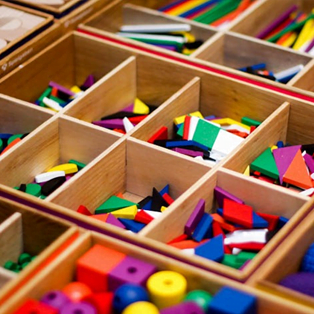
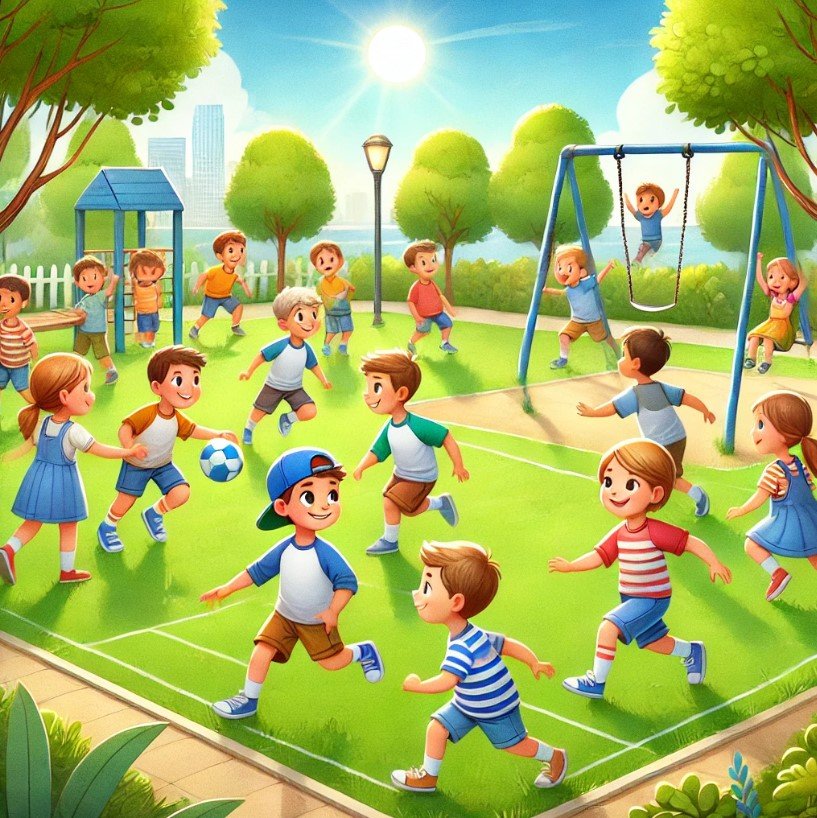

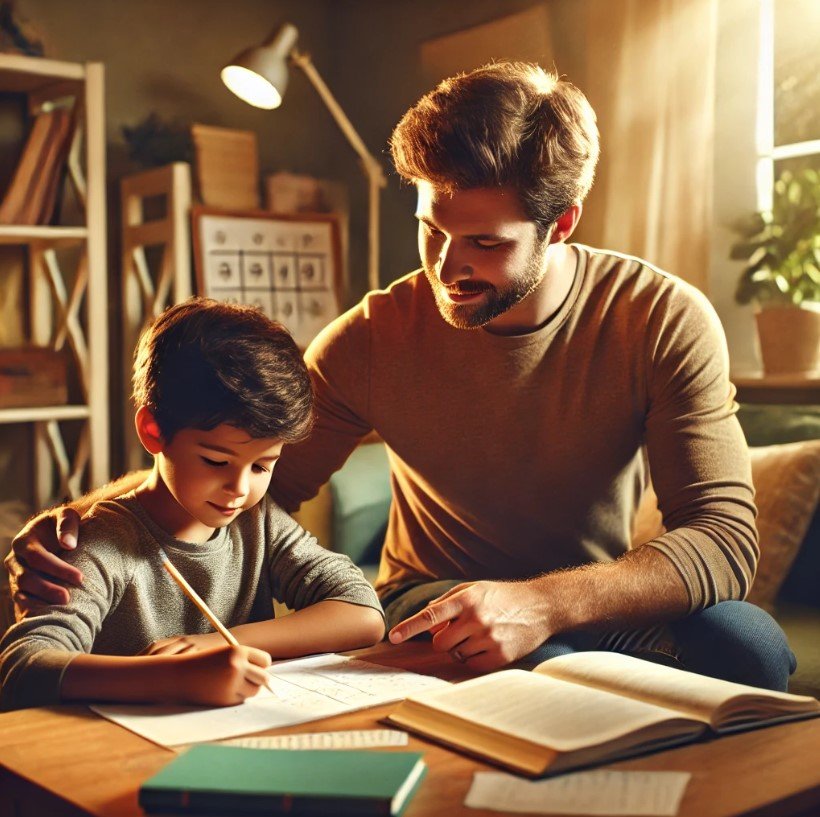

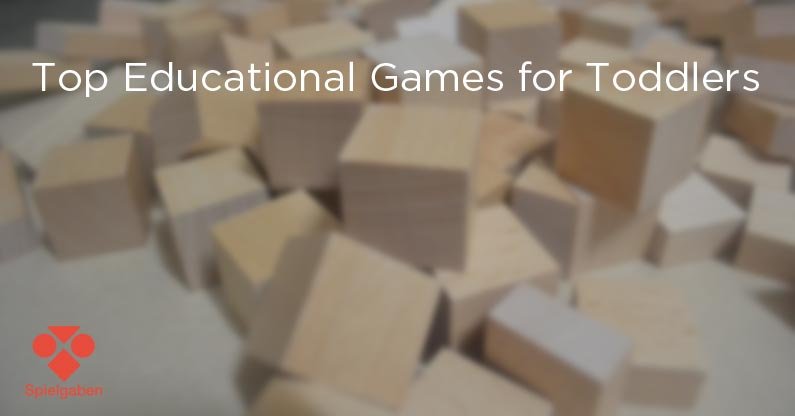
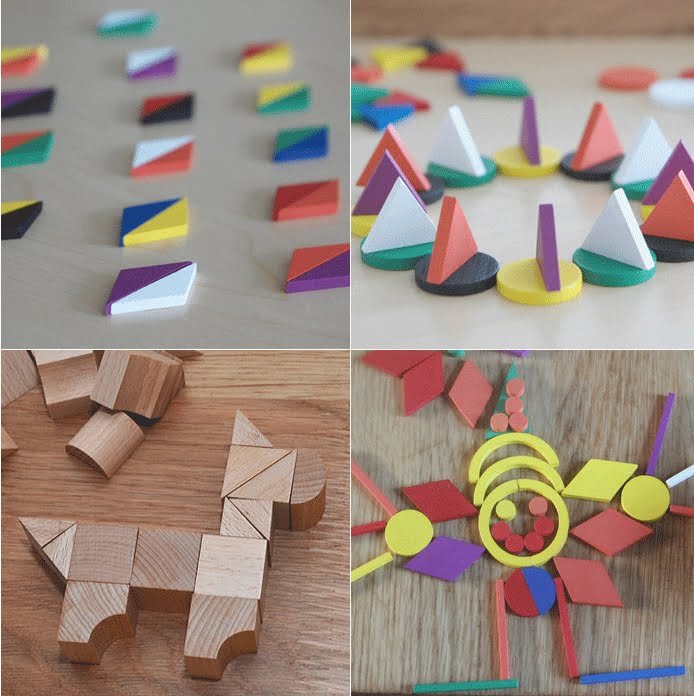
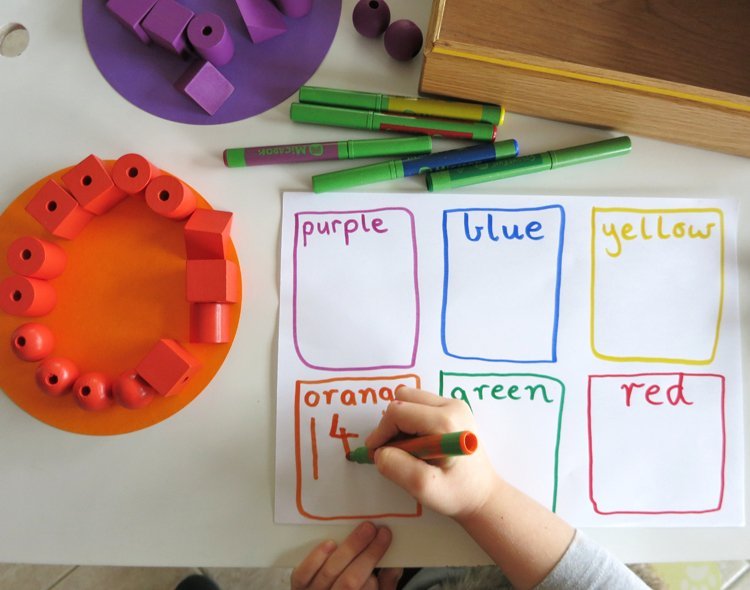

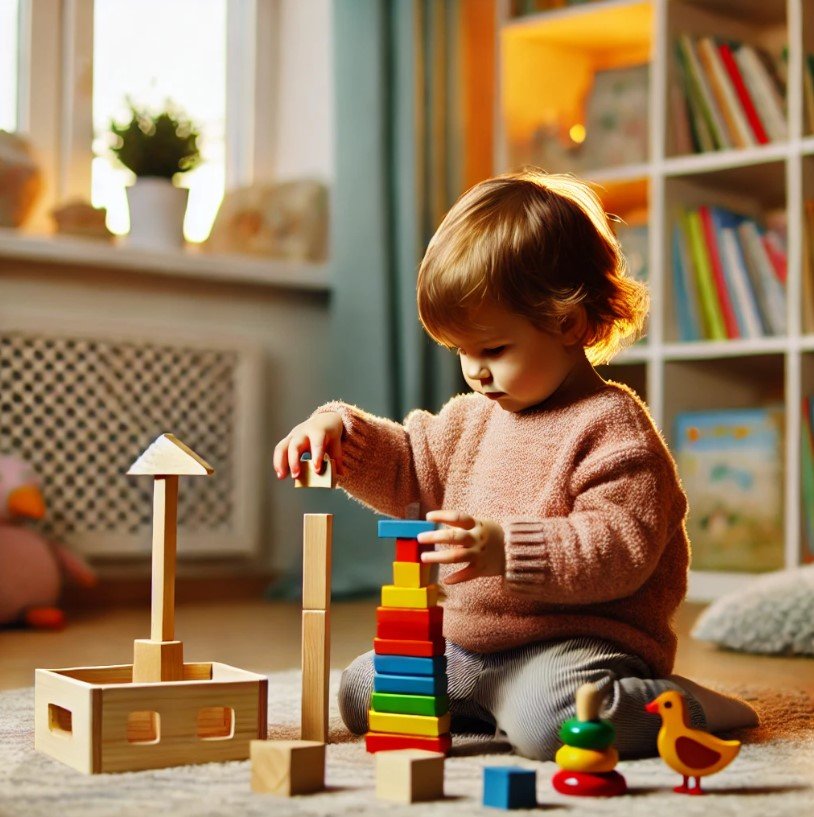

Comments (2)
This is such a informative,Wooden toys is the best educational toys for children. As compare to plastic wooden is safe and also long lasting